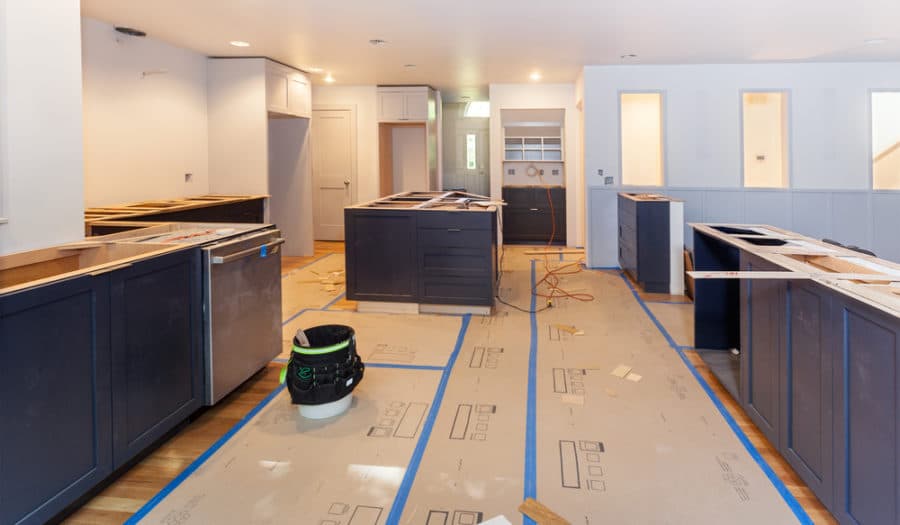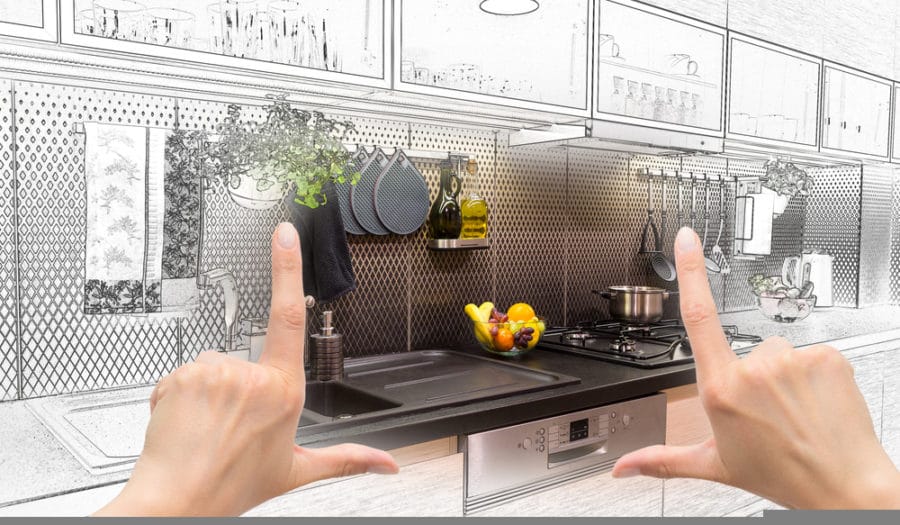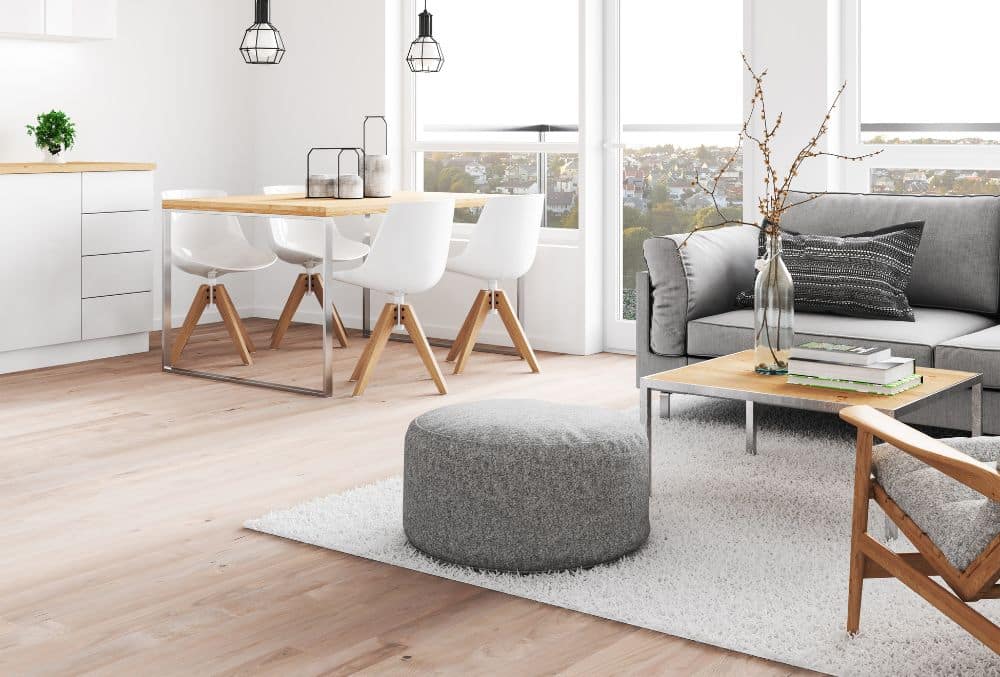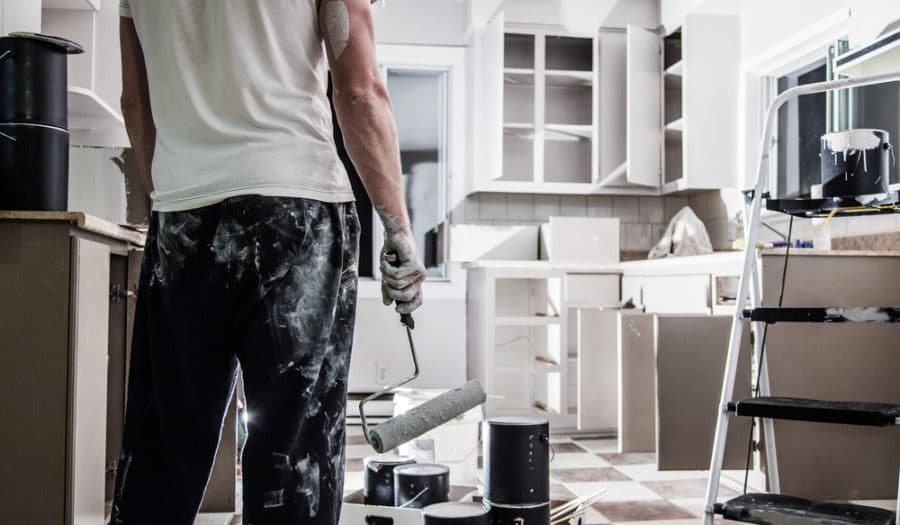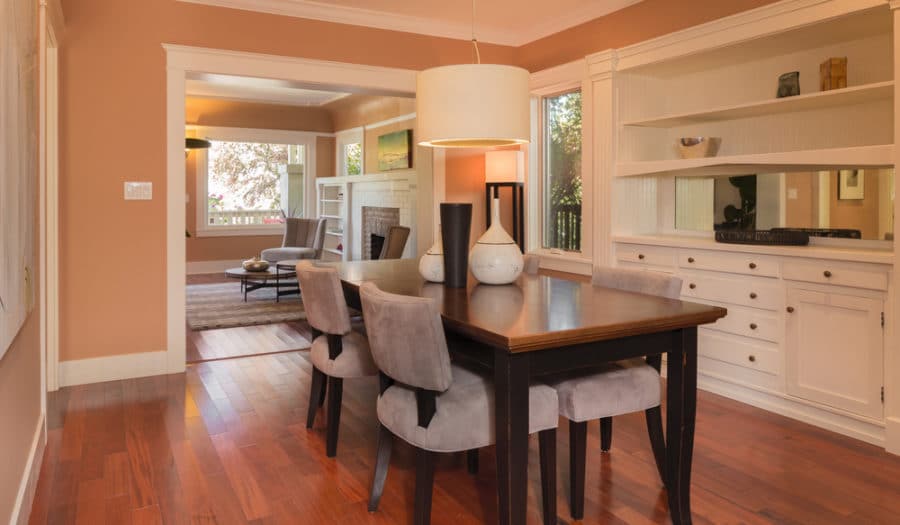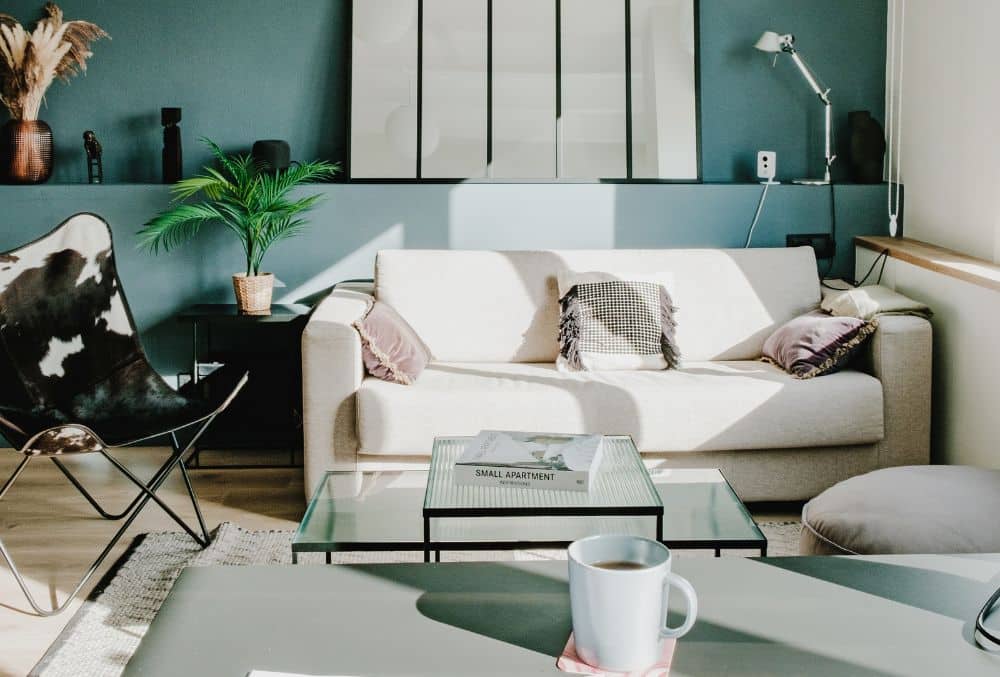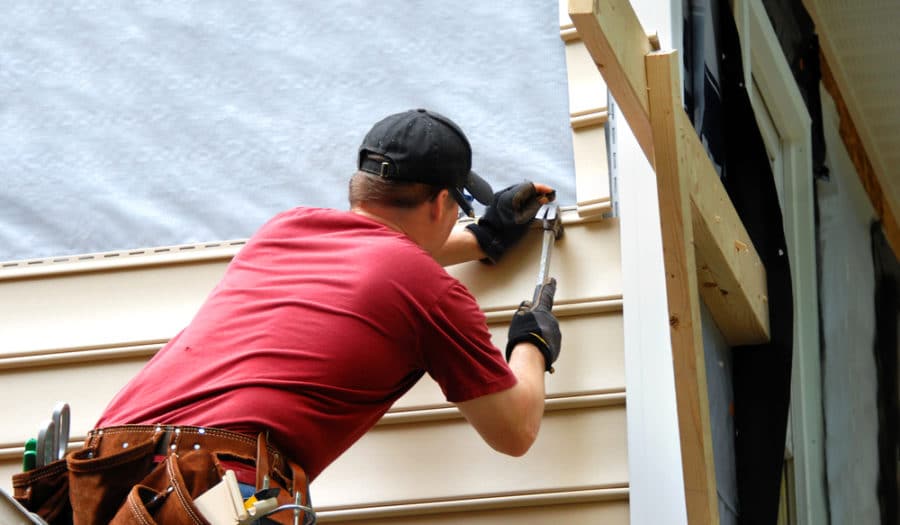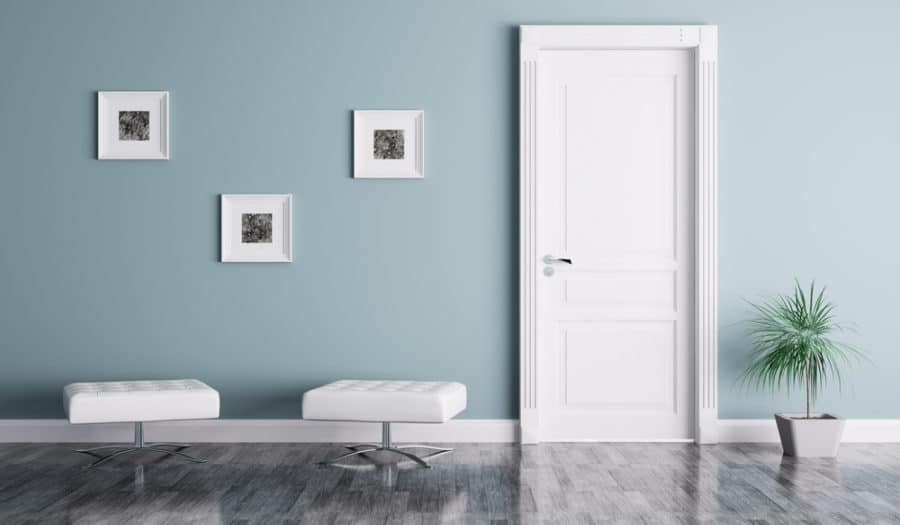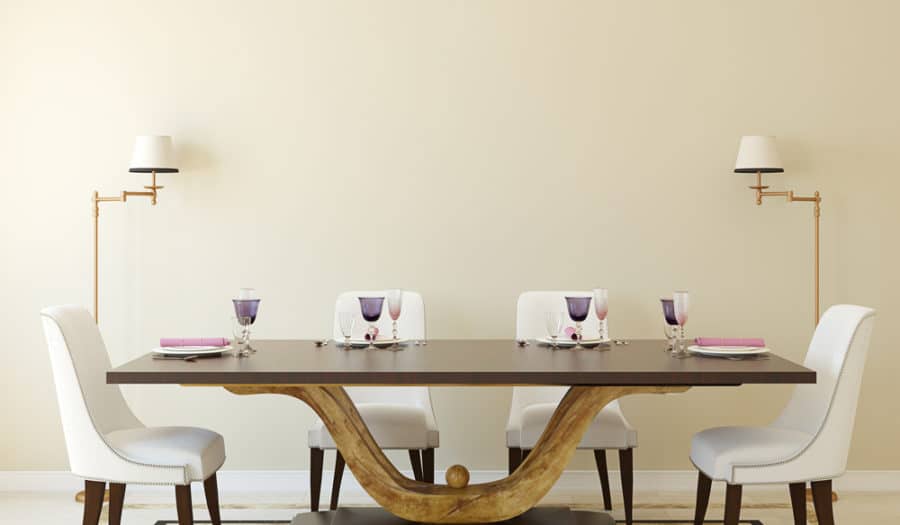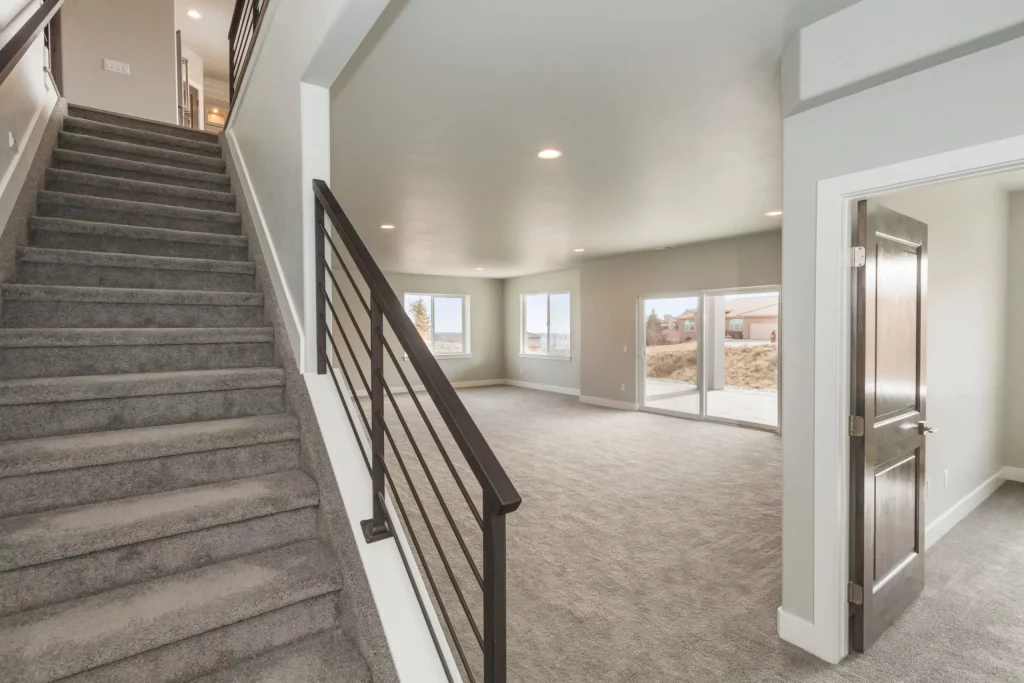Remodelling for the Long Term
- https://renosgroup.ca/2016/11/">November 21, 2016
- By Keith Melanson
- In Basements, Bathrooms, Bedrooms, Contractor, Custom, Design, Expert Tips, Fun Renos, Home Additions, Home Renovation Blog, Ottawa, Remodel, Renovations
If you’ve endured home renovations in the past, chances are that you know very well just how gruelling and expensive they can be. What starts as a fun weekend DIY projects turns into months of living in a dusty construction zone. When you start to consider doing some renos on your new home, you want to make sure that you hire a professional general contractor and ensure whatever you’re investing in will give you the most amount of ROI in the future. Before you starting remodelling your home, here are some key factors to consider to get the best return on your investment that will serve you well for the long term.
Neutral or Calming Walls
When you’re in the midst of deciding what colour to throw on your walls, a good idea is to avoid anything harsh or bold. If you want to get the best long-term benefit out of that paint, your best bet is to go for neutral or calming colours. That way, if you decide that you no longer like the designs and accenting features in your home, you won’t be limited by the colour on your walls, or have to repaint them.
Adding Windows
If you’re feeling unsure about knocking down a few walls in order to enhance the natural light in your home, take comfort in knowing that this renovation will serve you and the value of your home well in the future. Adding more natural light to a home is always a smart idea. If you were on the fence about this one – let there be light!
Be Bold Through Accessories
Of course, we still need to incorporate some fun, flair, and colour into the interior design and one of the best ways for doing this through accessories. Accessories such as your cushions, artwork, or even curtains, are all great ways to help add in some vibrant colour without requiring any significant expense or alteration down the road. So if you happen to grow tired of a particular colour that’s dotted throughout your home, you can easily switch it up.
Make Functionality a Priority
No matter what you do, always have functionality as a priority in your design. For example, when it comes to your kitchen, make sure that the location of your appliances, countertops and cupboards all make sense to the flow of the space. That way, even if you have to change any aesthetics in the future, the main bulk layout (and expense) won’t have to be altered.
It’s always important to consider what makes the most sense for the long-term when remodelling your home. So before you begin those blueprints, consider these tips to help you make the right decisions that will benefit you and your home the most in the future.
Looking for home design ideas that will look just as good in a year or ten? RenosGroup.ca is Ottawa’s choice for expert kitchen, bathroom, and whole-home renovation projects with a focus on timeless finishes and design choices. Contact us, or give us a call at (613)727-9427

